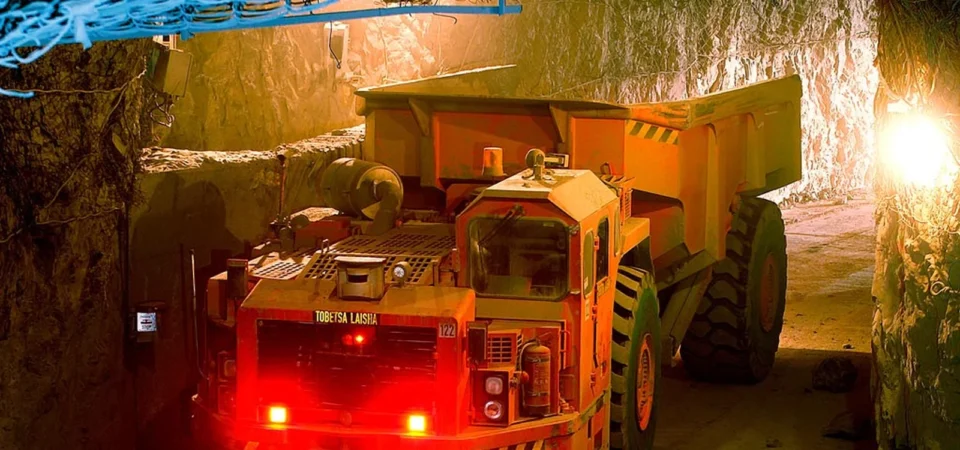Judith Nemadzinga-Tshabalala, South Africa’s Deputy Minister of Mineral and Petroleum Resources, has emphasized the need for a stronger health and safety culture in the country’s mining industry during her address at the Mine Health and Safety Summit.
“Technology alone is not enough,” she stated. “To achieve zero harm, we must foster and maintain a robust health and safety culture across the mining sector. The Health and Safety Culture Transformation Framework, developed by the Mine Health and Safety Council, offers a solid starting point for this effort.”
Nemadzinga-Tshabalala noted that the framework’s implementation has been inconsistent across the industry, stressing that more needs to be done to ensure health and safety are recognized as top priorities and core values by all stakeholders—from major corporations to small-scale operators.
The country has recorded a year-on-year decline in mining fatalities, from 38 to 34 deaths, representing an 11% improvement. Despite this progress, the Deputy Minister stressed that “even one death is one too many” and urged the industry to continue its push toward zero harm.
“It’s about leadership, accountability, and a shared commitment to every worker’s well-being,” she said. “There needs to be a shift in mindset where the health and safety of mineworkers is seen not as an obstacle to productivity, but as a key component of operational success.”
She highlighted that many incidents, especially fall of ground accidents—the leading cause of fatalities, followed by general accidents and transportation incidents—are preventable. “It is regrettable because all mines should have the necessary measures and expertise to protect workers. We urge you to reassess safety strategies and maintain a constant focus on safety performance.”
Continuous Improvement The Deputy Minister outlined ongoing efforts to reduce incidents in the mining sector, including engaging with union leaders, shutting down unsafe mines, monitoring and enforcing health and safety regulations, promoting safe mining practices, and encouraging collaboration between mines, inspectors, and labor organizations to raise awareness through health and safety campaigns.
“South Africa’s mining industry is globally recognized, and our safety record compares favorably to leading mining nations,” she concluded. “However, countries like Australia and Canada set higher benchmarks. While the progress we’ve made is commendable, there is always room for improvement, and we must not become complacent.”



